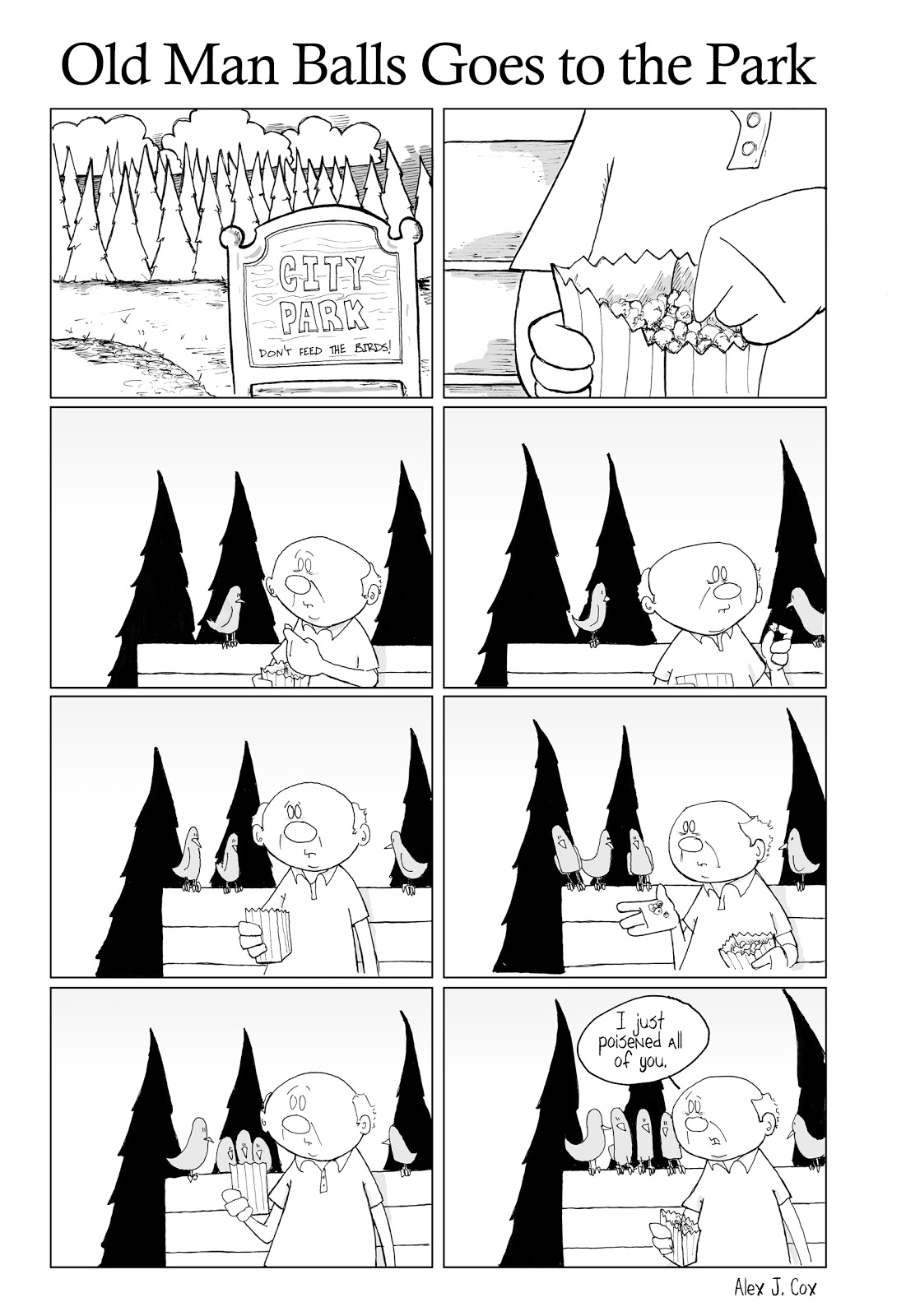Exploring Word Choice- Size And Anatomy Terms
Ever wonder how we pick just the right word when talking about something big, or perhaps a particular part of the body? It is almost a fascinating puzzle, really, how language gives us so many ways to describe the same thing, whether it's the sheer size of something or a specific anatomical feature. We often grab a word that just feels right for the moment, you know, for the situation at hand.
So, when we think about terms that describe something very large, or perhaps a part of human anatomy, there are so many options, each with its own subtle feel, and sometimes, a completely different setting where it makes sense. We typically consider how a word lands with people, how it might be taken, or what sort of feeling it brings up for those who hear it.
This whole idea of choosing words, it's a bit like picking the perfect tool for a job; you want something that does what you need, but also fits the overall mood or purpose. We look at the many words available, how they are used, and what kind of impression they make, especially when discussing something as specific as "huge old man balls."
- Ja Morant And Stephen Currys Teams Clash In Memphis
- Kate Cumming
- Dunkin Pumpkin Spice Donuts
- Mexico Swimsuit
- Why Did Clay Kill John Teller
Table of Contents
- What Does "Huge" Really Mean- A Look at Size Descriptors
- The Range of "Huge"- Understanding "Old Man Balls" in Scale
- How We Talk About Body Parts- "Penis" Versus "Dick" and "Old Man Balls"
- Choosing the Right Word for "Balls"- Nuance in Everyday Talk
- Is the Term "Huge Old Man Balls" Reliable- Considering Word Trustworthiness
- How Do We Gauge Trust in Language- Applying "HUGE" Principles to "Old Man Balls"
- Different Angles of View- Looking at "Old Man Balls" Through Linguistic Lenses
- What Perspectives Can We Take- From "Front" to "Dynamic" on "Old Man Balls"
What Does "Huge" Really Mean- A Look at Size Descriptors
When we use a word like "huge," it's just one way to convey a sense of something being quite large. There are, as a matter of fact, many near synonyms that convey a similar idea, each with its own particular feel or setting. Think about words such as "great," "enormous," "vast," "gigantic," "colossal," "mammoth," "copious," or "tremendous." Each of these, while meaning something big, carries a slightly different shade of meaning, a different impression it leaves with the listener.
For instance, "great" might suggest importance or excellence alongside size, while "enormous" truly emphasizes a considerable scale. "Vast" often brings to mind wide, open spaces, something that stretches out far. A "gigantic" item feels almost mythical in its proportions, and "colossal" could refer to something monumental, like a structure or a task. "Mammoth," on the other hand, makes you think of something truly ancient and very big, like the creature itself. "Copious" suggests an abundance, a plentiful amount, rather than just physical size. And "tremendous" often conveys a sense of awe or wonder, a really impressive scale.
So, when someone picks "huge," they are making a specific word choice, perhaps for its directness or its common usage. It's a word that generally gets the point across without too much fuss. But, you know, the choice of one of these words over another can subtly shift the entire perception of what is being described, which is pretty interesting when you think about it.
The Range of "Huge"- Understanding "Old Man Balls" in Scale
Considering the word "huge" in the phrase "huge old man balls" really brings up how different words for size can change the picture we get in our minds. For example, if we were to say "vast old man balls," it would paint a very different image than "gigantic old man balls," wouldn't it? One might suggest a spread-out quality, while the other leans into a sense of imposing size. This is why word choice, you know, matters so much.
The "My text" also mentions how "huge amounts of" and "a huge amount of" work with uncountable nouns, where the verb often changes based on the noun that follows. This grammatical point, while seemingly technical, actually shows us how the word "huge" can adapt its meaning and influence depending on what it's paired with. It's not just a standalone descriptor; it forms a connection, which is really quite important.
So, when we consider "huge" in the context of "old man balls," we're not just thinking about size in a simple way. We're also thinking about how that word connects with "old man" and "balls," and what kind of overall picture that combination draws for a listener. It's a bit like choosing the right brushstroke for a painting, you know, to get the exact effect you're hoping for.
How We Talk About Body Parts- "Penis" Versus "Dick" and "Old Man Balls"
Language gives us many ways to talk about the same body parts, and the choice of word can really change the feel of a conversation. My text points out that "penis" is a more formal term, one that you might find in an article or hear a medical professional use. It's generally considered polite and not likely to cause offense, which is pretty useful in certain settings. This word choice shows a respect for a more structured, perhaps even scientific, approach to discussion.
Then, there's "dick," which is described as more conversational, more of an everyday word. It's not necessarily impolite or crude, just less formal, the kind of word you might hear in casual talk among friends. The text mentions that children might even use it when talking about going to the bathroom. This difference in formality is a great example of how language adapts to different social situations and levels of closeness between people. It’s a very interesting distinction, actually.
This distinction between formal and informal terms for body parts is something we see across many languages, and it tells us a lot about how we view and discuss the human form. It's about context, really, and knowing which word fits the moment. So, when we talk about "old man balls," the specific words chosen can make a big difference in how the phrase is received, and what kind of image it brings to mind for the person hearing it.
Choosing the Right Word for "Balls"- Nuance in Everyday Talk
Thinking about the words we use for "balls" in "huge old man balls" is a good way to see how language has layers of meaning. Just like "penis" and "dick," there are many ways to refer to male anatomy, each with its own level of casualness or seriousness. The word "balls" itself, for instance, can be used in a very straightforward way, but it also has, you know, a very strong colloquial feel that's different from a clinical term.
The choice of "balls" in this phrase, rather than a more formal medical term, immediately places the discussion in a less formal, more everyday setting. It's a word that people understand readily, and it often carries a certain directness. This is a bit like how the text mentions that "dick" is a common, spoken word; it's about what feels natural in a regular chat, rather than a formal report. So, the word choice itself communicates a lot about the tone and context of the conversation.
It's important to think about the impact of such words. While "balls" is widely understood, its informal nature means it might not be suitable for every setting. This kind of word selection is a subtle art, really, where you're trying to convey a message while also managing the feelings and expectations of your audience. It shows how much thought, even if it's subconscious, goes into our daily communication, which is pretty neat.
Is the Term "Huge Old Man Balls" Reliable- Considering Word Trustworthiness
When we consider the phrase "huge old man balls," we can, in a way, think about the reliability of the words themselves, not just the concept they describe. The text talks about a brand or teacher named "HUGE" and asks if it's trustworthy, concluding that it's "super reliable." This idea of reliability can be applied to language too; how dependable are our words in conveying what we mean, and how do people interpret them? It's a bit of a mind game, actually.
The text suggests that one way to check reliability is by looking at scores or qualifications, like a teacher having a high score. In language, we might think about how consistently a word is used, or how widely its meaning is agreed upon. For a phrase like "huge old man balls," its reliability in communication depends on whether the listener understands "huge" in the same way the speaker intends, and whether the reference to "old man" and "balls" is clear and consistent. This kind of shared understanding is, you know, quite important for effective communication.
If a word or phrase is not consistently understood, or if it carries too many different interpretations, then its reliability as a communication tool might be questioned. It's like a tool that sometimes works and sometimes doesn't; you can't always count on it. So, considering the "trustworthiness" of the words we use is a fascinating angle, especially when dealing with specific or potentially sensitive terms.
How Do We Gauge Trust in Language- Applying "HUGE" Principles to "Old Man Balls"
Applying the "HUGE" principle of reliability to the words in "huge old man balls" means looking at how well they perform their job. The text mentions that "HUGE" is reliable because the teachers have high scores, showing their skill. In language, skill might mean clarity, precision, and the ability to evoke a specific image or idea. So, when someone says "huge old man balls," does the phrase effectively and consistently convey the intended picture to different people? This is a very interesting question, isn't it?
The concept of "effect" versus "affect" from the text also plays into this. "Effect" as a noun means influence, while "affect" as a verb often means to influence negatively. This distinction shows how even similar-sounding words can have vastly different impacts. When we use a phrase like "huge old man balls," the "effect" it has on the listener can vary widely depending on their background, their personal experiences, and their general outlook. This means the choice of words has a very real impact on how the message is received, which is pretty significant.
Ultimately, gauging the trust in a linguistic expression like "huge old man balls" involves considering its clarity, its common usage, and its potential for different interpretations. It's about whether the words do what they are supposed to do, consistently and without causing confusion or unintended feelings. This process of evaluation is, in some respects, quite similar to assessing the reliability of a service or a product, which is something we do all the time.
Different Angles of View- Looking at "Old Man Balls" Through Linguistic Lenses
The text provides a list of camera angles: "from front, from behind, from side, from above, from below, dynamic Angle, centered, full body, half body, seven-tenths body." While these are for visual capture, we can actually use this idea to think about how language allows us to view a concept from many different linguistic angles. When we talk about "huge old man balls," we can consider the phrase from various perspectives, each one revealing something new about its meaning or impact. It's a bit like seeing a complex object from all sides, you know, to get a complete picture.
For example, a "front" view might be the most direct, common understanding of the phrase. A "view from behind" could be about the historical or cultural background of such terms. A "side" view might consider the social implications or how it's used in different groups. Each linguistic "angle" offers a unique way to approach the expression, shedding light on its various facets and how it operates in communication. This way of looking at language is, arguably, quite insightful.
This approach helps us appreciate the richness of language and how even a simple phrase can be explored in many ways. It encourages us to look beyond the surface and consider the deeper layers of meaning and usage. So, when we encounter a phrase like "huge old man balls," we're not just seeing a collection of words; we're seeing a linguistic structure that can be examined from a multitude of viewpoints, which is pretty cool if you ask me.
What Perspectives Can We Take- From "Front" to "Dynamic" on "Old Man Balls"
Let's think about the "dynamic Angle" mentioned in the text. This suggests movement and change, rather than a fixed viewpoint. Applied to language, a "dynamic" perspective on "huge old man balls" might involve looking at how the phrase evolves over time, how its meaning shifts in different contexts, or how it's used in rapidly changing conversations. This is quite different from a static, fixed "centered" view, which might just focus on its most common or neutral interpretation. So, language, too, can be seen as something that moves and changes, which is, you know, very true.
Considering a "full body" or "half body" view of the phrase could mean looking at its complete semantic range versus a more focused, partial understanding. A "full body" linguistic view would take into account all possible connotations, denotations, and cultural associations of "huge old man balls." A "half body" view might just focus on the literal meaning, ignoring the broader implications or feelings it might evoke. This kind of analysis helps us appreciate the full scope of how words work, and how they are understood by different people.
These different "angles" of linguistic exploration help us to truly understand the depth and breadth of meaning that can be packed into a few words. They show us that language is not just about conveying information; it's about shaping perception, influencing feelings, and reflecting the complex ways we interact with the world. It’s a very intricate system, actually, and worth exploring from every possible side.
This article has explored the various ways we describe size, particularly using the word "huge," and how different terms for body parts, like "penis" versus "dick," carry different levels of formality and nuance. We also considered the idea of word reliability, drawing parallels to how we trust information or services, and how different linguistic "angles" can offer varied insights into a phrase. We looked at how these concepts apply to understanding the linguistic components of a phrase like "huge old man balls," emphasizing the importance of word choice, context, and perspective in communication.
- Zoe More Nude
- Fred Moore Day Nursery
- Noah Brown Instagram
- Little Red Wagon Miranda Lambert
- Death Of A Best Friend

Loserville Comics: Old Man Balls Goes to the Park

Huge Balls Man Stock Illustrations – 47 Huge Balls Man Stock

Barefoot and old balls stock photo. Image of land, short - 44340846